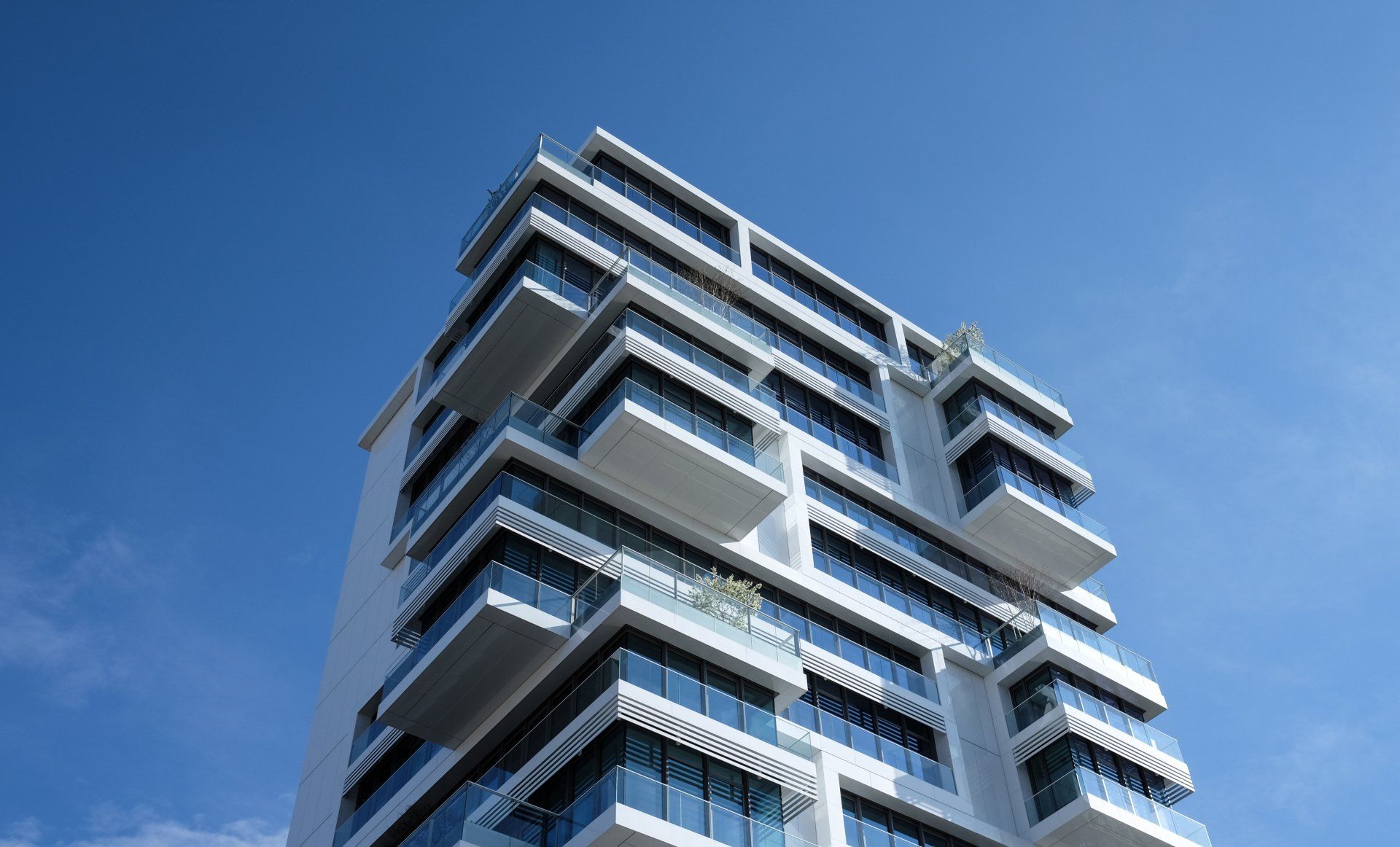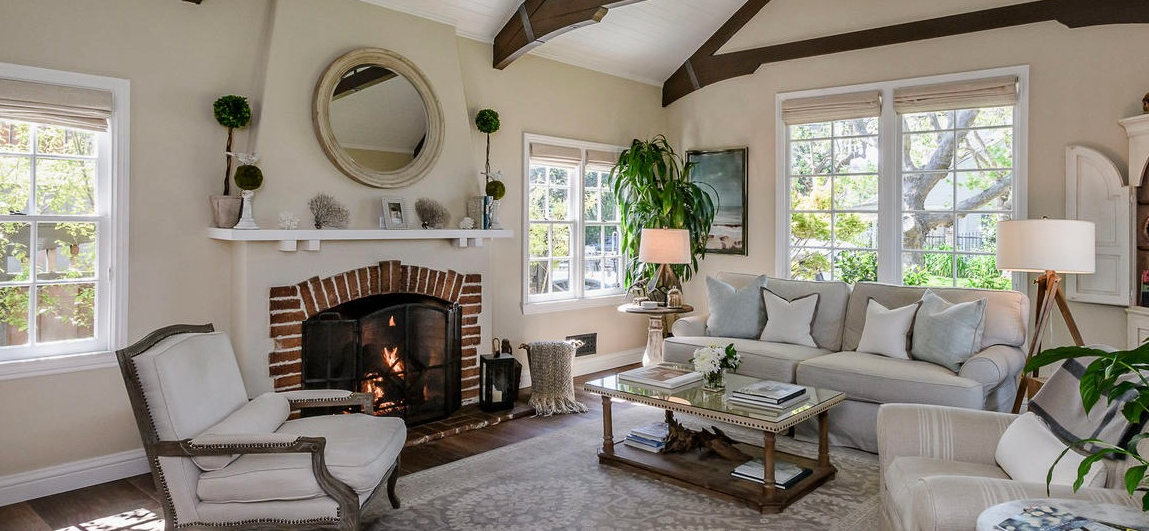1031 Exchange May Apply to Your Primary Residence!
A 1031 exchange, also known as a like-kind exchange or a tax-deferred exchange, is a provision in the United States tax code that allows real estate investors to sell a property and reinvest the proceeds into another property of similar nature or value, while deferring the payment of capital gains taxes that would normally be due upon the sale.
You’ve probably heard that your primary residence usually doesn't qualify for a 1031 Exchange tax-saving strategy, but there are a few exceptions.
1. Conversion to Rental Property:
If you convert your primary residence into a rental property and meet all 1031 exchange requirements, you can defer taxes on its sale by exchanging it for a like-kind property. These requirements include:
⦁ Both properties must be like-kind.
⦁ You must use a qualified intermediary (QI) to handle the exchange.
⦁ The properties must be held for investment or business purposes.
⦁ You have 45 days after close of escrow to identify a replacement property and 180 days to acquire it.
⦁ The value of the replacement property must equal or exceed the relinquished property's value.
2. Vacation Homes:
Even your vacation home might qualify for a 1031 exchange if you have rented it out for at least 14 days in each of the two years before selling it. However, there are some special reporting and intent requirements.
3. Mixed-use Exchange:
These transactions involve selling a property that includes the taxpayer's primary residence along with other land, structures, or improvements used for business or investment purposes. Examples could include:
⦁ Home Office - this is where a business pays the taxpayer rent for office space within the principal residence;
⦁ Farm and Ranch Land - where the taxpayer works the land as their business, but lives in their principal residence also located on the property;
⦁ Duplex - A duplex where the taxpayer lives in one unit as their principal residence and rents the other unit; and
⦁ ADU - A single family home with an accessory dwelling unit (“ADU”), attached or detached, and the taxpayer lives in the home as their principal residence and rents out the ADU.
The list is vast, yet mixed-use exchanges arise when there is a principal residence, commonly known as the primary residence, situated on or within the property or building being transferred as a part of a single transaction.
These are just topics to consider when thinking about selling your home. You should contact a professional who thoroughly understands the rules for executing such transactions. Contact Greene & Sievers Real Estate and we can put you in touch with trusted 1031 Exchange specialists.
Sources:
- https://www.pivotprofessionalpartners.com/blog/1031-exchange-primary-residence-does-your-property-qualify#:~:text=1031%20EXCHANGE%20 PRIMARY,into%20another%20property
- https://www.accruit.com/blog/section-1031-exchange-primary-residence#:~:text=Use%201031%20Exchange.-,Mixed%2DUse%201031%20Exchanges,or%20held%20as%20an%20investment












